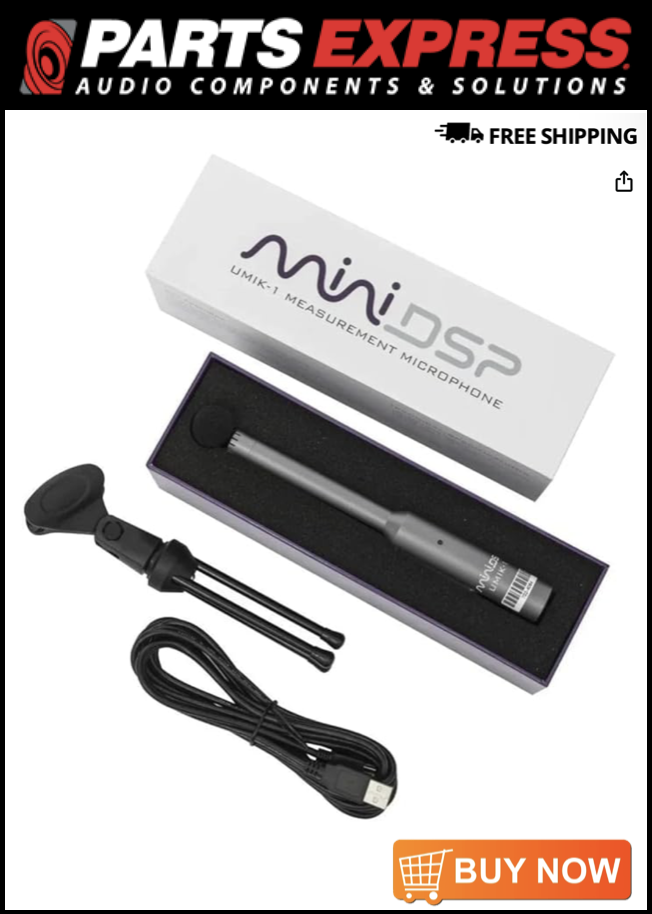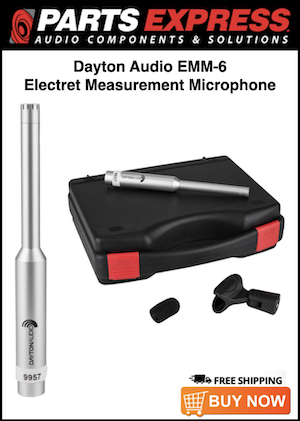G29
Member
Thread Starter
- Joined
- Jun 20, 2019
- Posts
- 100
More
- Main Amp
- Quad Stereo Amp
- DAC
- OKTO Research DAC8
- Computer Audio
- i7-6700, Debian 12, custom VST3 feeding CamillaDSP, REW, RePhase, custom Driver Level DRC-FIR with 128-bit internal (i)FFTs, 8 - 64-bit 256K tap FIRs
- Front Speakers
- Heavily modified Magenpan 20.1 with FIR XOs
- Subwoofers
- DIY OB/Dipole
- Other Equipment
- Full Mark Levinson Stack











